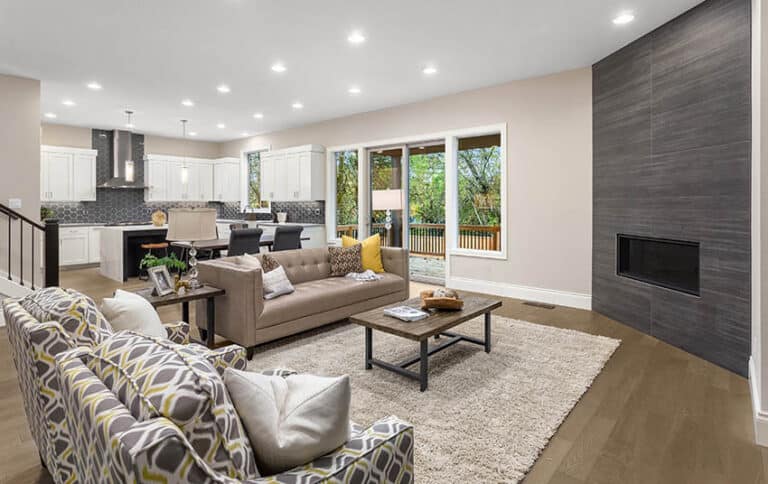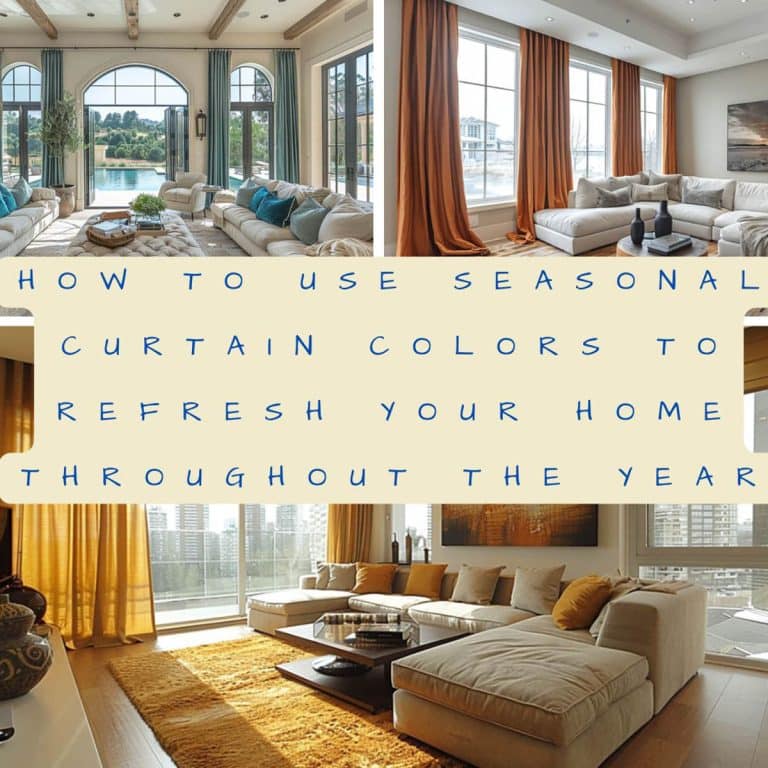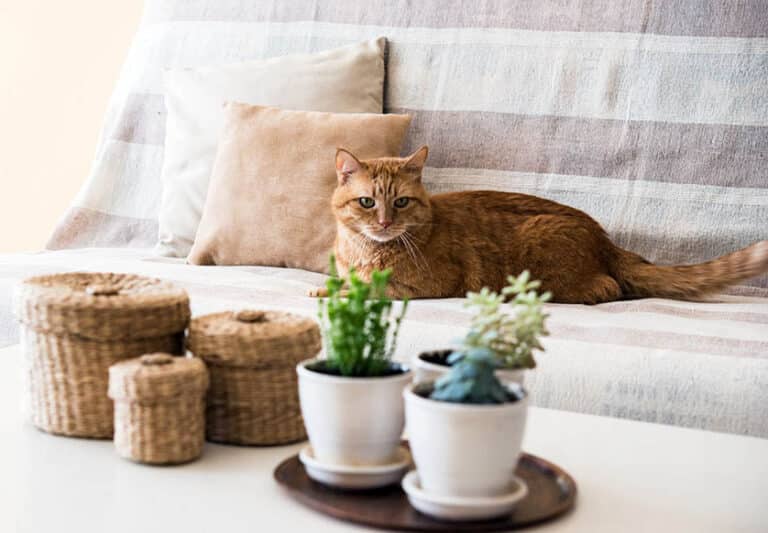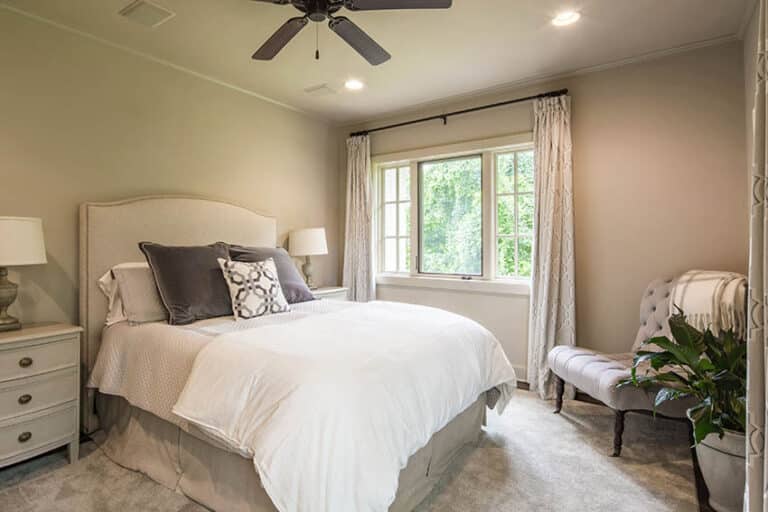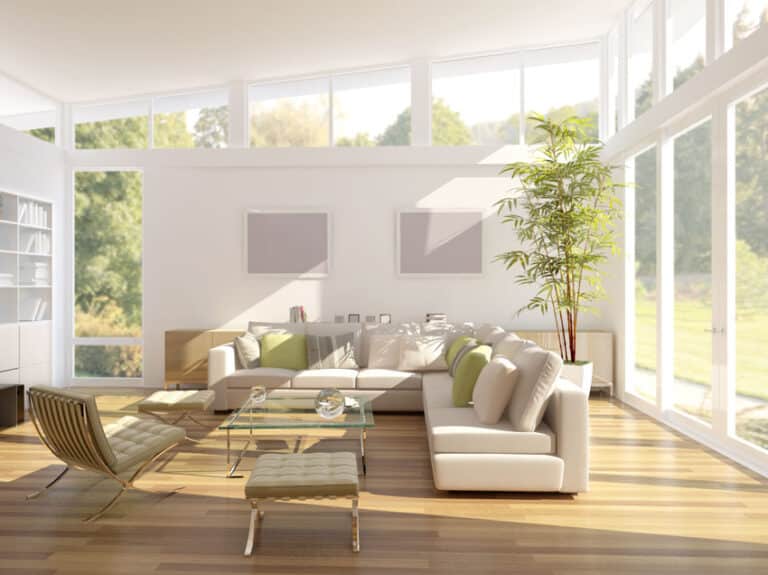Where to Place Curtain Holdbacks & Tiebacks (Designer Tips)
Like jewels on your draperies, curtain holdbacks can enhance the appearance of your window treatments while being a practical means of holding them up tidily as you allow the sunlight and breeze to come in. So, where to place curtain holdbacks? In this article, we’ll discuss the different ways to position your curtain’s holdbacks, with suggested dimensions and tips for placing them effectively. Also, we’ll discuss the best placement for curtain tiebacks.
Holdbacks Vs. Tiebacks

Holdbacks, meanwhile, have a more solid structure that is meant to have a fixed position as it is mounted on the adjacent wall. Another difference between the two fasteners is that holdbacks are typically positioned higher and provide a formal appearance for thicker panels and drapes. Meanwhile, the tieback is usually placed at the middle or lower part of the curtain’s height.
Best Placement For Curtain Tiebacks
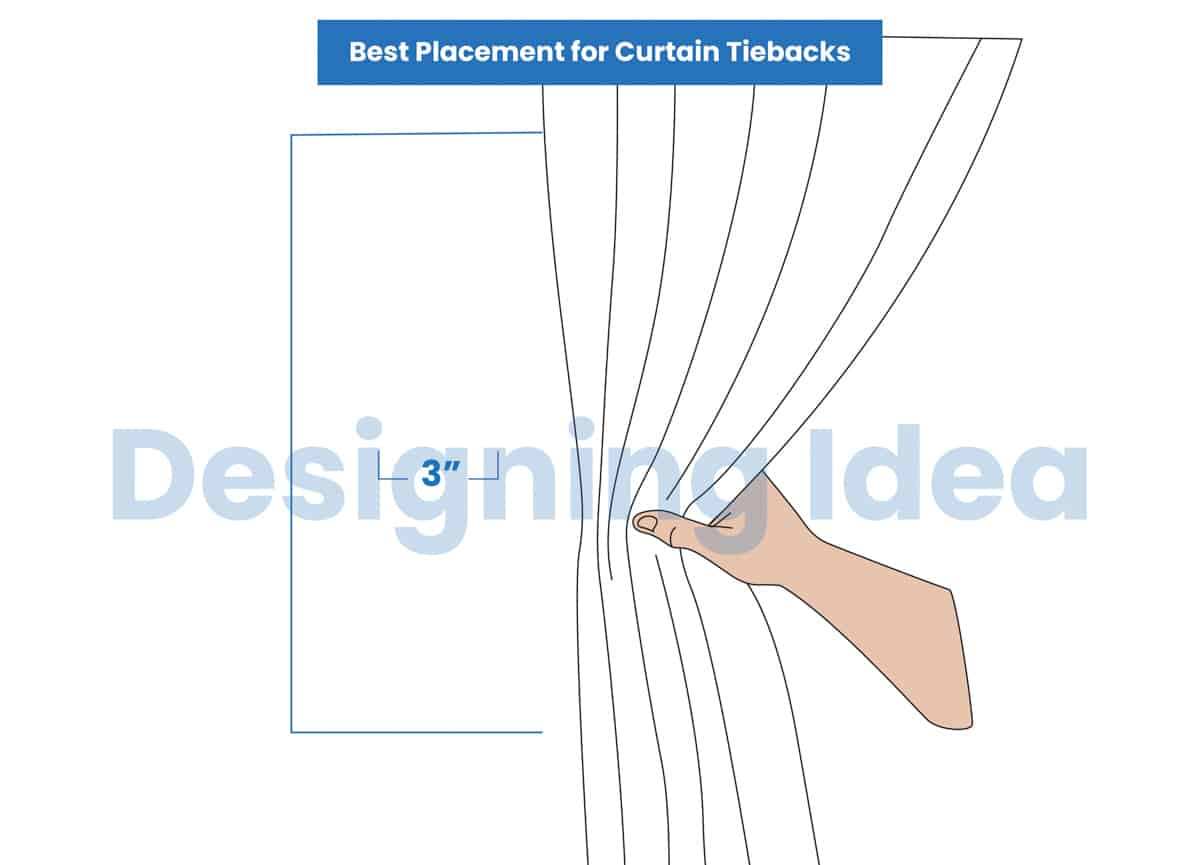
However, as a rule of thumb, tiebacks are usually placed in the middle of the total height of your window treatments or just slightly lower than the middle part. Tiebacks can be pulled back and then tied to the mounted curtain hooks on the wall, and the panels can be adjusted to create a curved or willowy look.
There are two types of tying for your curtains. The first is the curtain belt, which is usually used in areas where you don’t have a fastener mounted on the wall, so your panels are free-hanging. The second is the tieback, where your draperies are moved back by a tieback looping around the fabric and then fastened to the projecting hook on the wall.
• Place your tiebacks in the middle or slightly lower than the middle part of the curtain’s height.
• Choose a hook that projects around an inch or two from the wall to prevent the fabric from pressing against the window when tied back.
• Paneled treatments look great with the symmetrical placement of tiebacks.
• Choose window treatment hardware that matches other finishes and decor in the room’s design.
Holdback Height
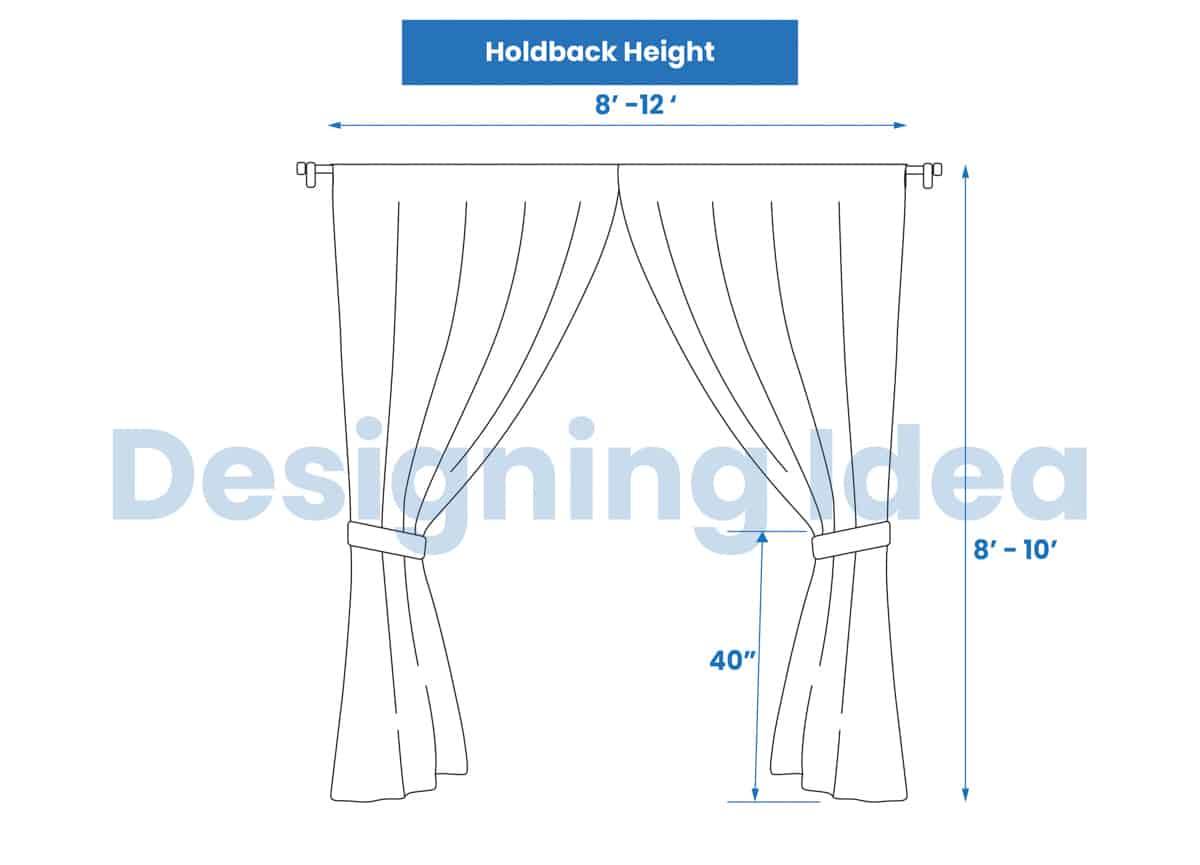
Another installation option for a holdback position is to place it on the middle part of your curtain’s length; this is practical for shorter lengths.
• Holdbacks are recommended to be a third from the edge of the curtain’s length.
• The middle part of the length is also a possible placement, especially if you have short curtains.
• When positioning your hooks, assign a 3-inch gap between the edge of the window opening and the mounting hook. This allows the curtains to back in and won’t block the window if you opt to have the full window opening accessible.
Holdback Hanging Tips
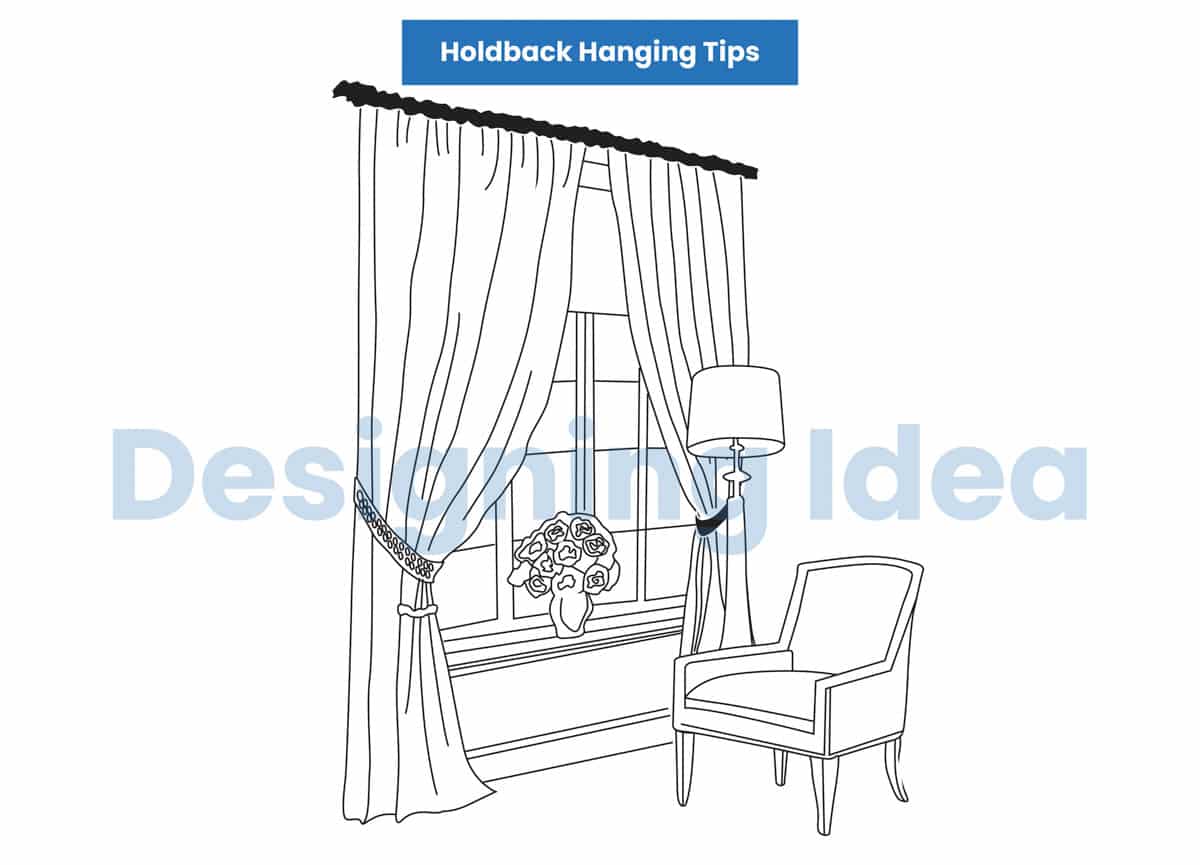
• Position your curtains closed or drawn in before tying them or fastening them with holdbacks. This makes adjusting easier and provides an almost equal width of crests or pleats.
• Choose tiebacks or holdbacks with adjustable features to create varied looks and window coverage, depending on your preferences.
• To ensure a good visual flow and balance in a room with multiple sets of windows, set the mounting brackets at the same heights.
• One major consideration when angling or choosing the best tieback or holdback material is the weight of the curtains. How heavy your covering is will affect how your draperies will flow or fall when fastened back.
• A mounting hook will be permanent and cause a drill hole in your wall, so be sure of the height and position of your hooks. The recommended distance is 3 inches from the edge of your window opening and a third away from the bottom of the curtains.
Should Holdbacks Match The Curtain Rod?
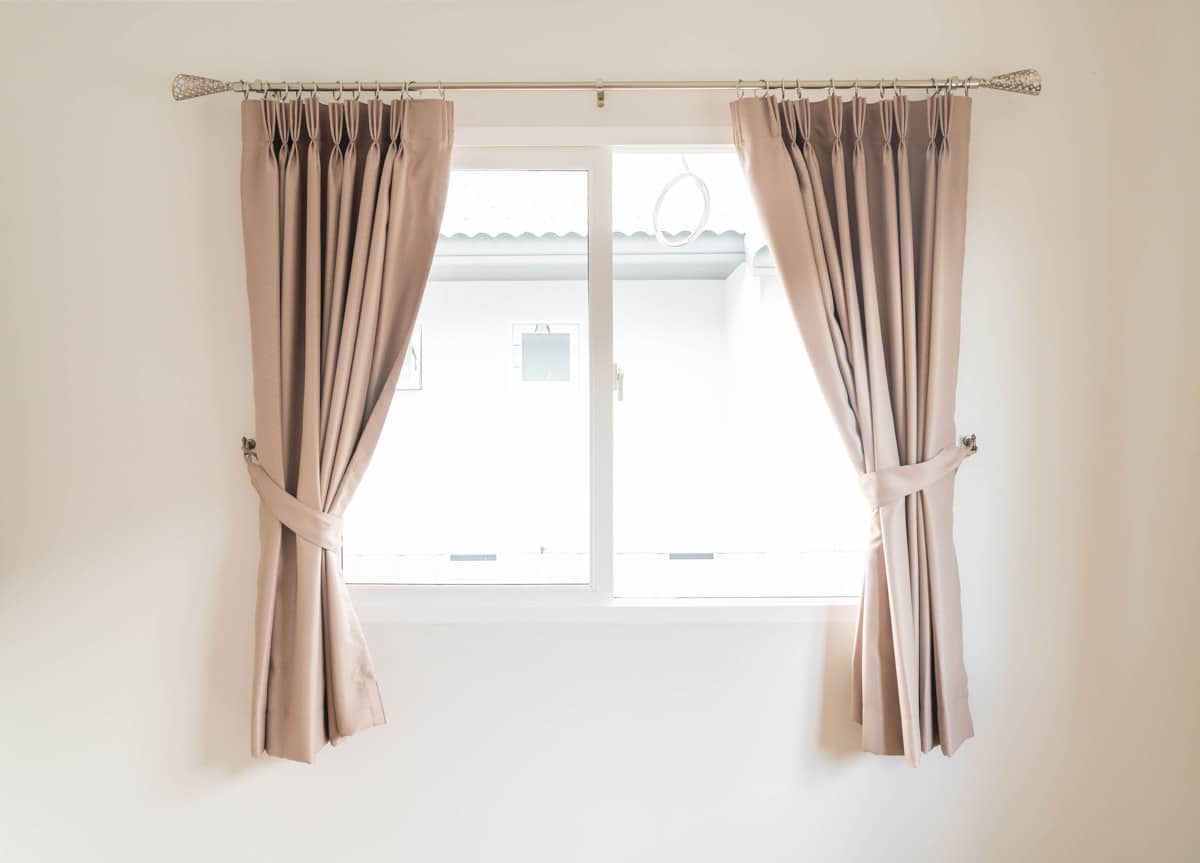
In terms of aesthetics, having matching holdbacks with the curtain rod is a safe and tried option design approach where the material, color, and profile are similar. This gives a coordinated look, preventing your holdbacks from popping up as an odd accessory among your other design elements.
The holdback may be anything from a basic knob to a decorative arm. Regardless of styling, the holdback will be mounted to the wall. – How to Make Curtains, Rebecca Yaker
Another major consideration is the style of your room or curtains. The function of the room is also related to this factor. So, if you have a child’s room, you may want to add holdbacks or tiebacks that are bright and vibrant with playful or animated forms. Avoid sharp edges on your curtain rods.
You can always play with contrast, as it gives richness and interest to a scene. For example, if you want to add a softer palette to your dark curtains and metallic hardware, Complementary elements are another great choice where you can mix and match materials. For instance, metal rods look good with glass holdbacks.
Ultimately, the curtain holdbacks or tiebacks you choose are your personal preferences. You can choose a style that resonates with your personality while keeping your interior’s visual balance and style.
See more related content in our article about the different types of curtain rods on this page.

